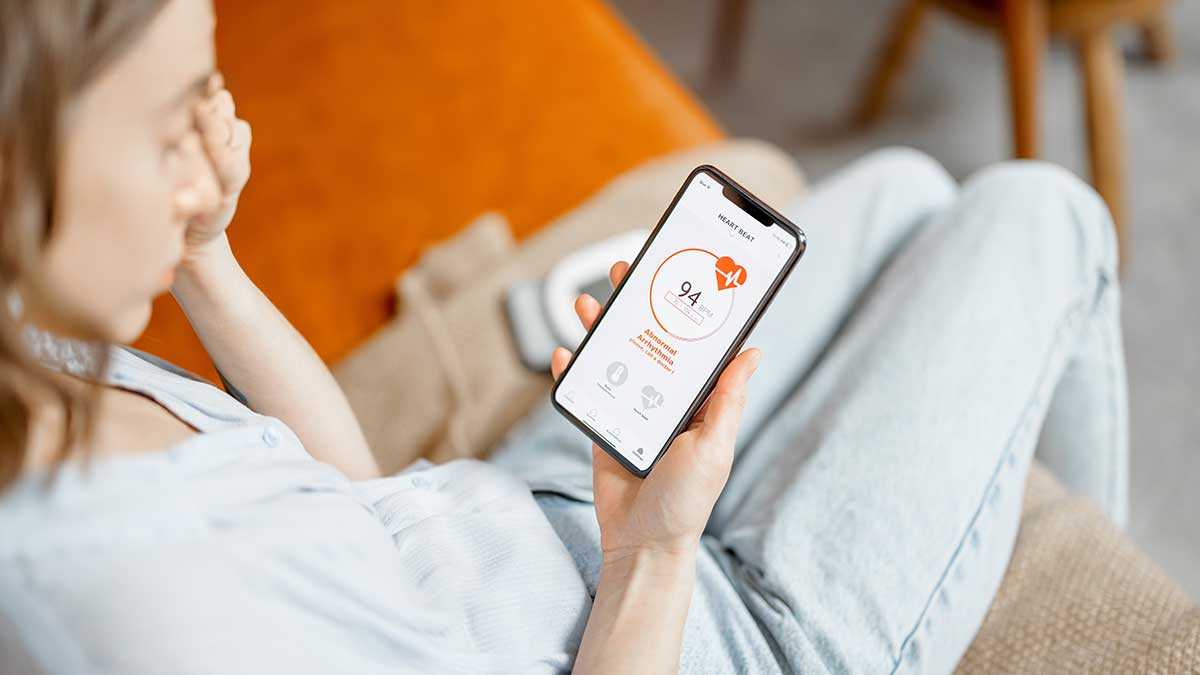The Industrial Internet of Things (IIoT) and the Internet of Medical Things (IoMT) are two great ways in which IoT sensors make our lives and businesses much simpler.
Did you know that IoT sensors can be embedded in smartphones, homes, offices, and workplaces? And with wireless data transmission one can have 24/7 access to any device.
Wireless Data Transmission
Wireless data transmission is not a new concept. However, the way we use is new. IoT connects these sensors to increase their power and allow systems to adapt to what they see. Therefore, individuals and businesses can get real-time data to make better decisions. IIoT is a powerful tool to help transform the way businesses manage their operations, from efficiency to proactive maintenance. Additionally, IoT sensors also help the healthcare industry because they are a key element of the “Internet of Medical Things.”
Industrial IoT
Industry 4.0 or IIoT has changed the way manufacturers do business. While IIoT sensors have allowed for new levels of safety and automation, they also assist in solving unplanned outages.
Factory downtime can affect up to 5-20% of annual productivity, and $22,000 per minute in the automotive industry. Manufacturers can use IoT sensors to monitor usage and to guarantee equipment maintenance. But IIoT is not the only type of IoT we can benefit from, let us take a closer look at the Internet of Medical Things.
IoT Sensors and the Internet of Medical Things
Healthcare professionals use sensors to monitor everything, from blood sugar levels and heart rates to oxygen saturation. IoT sensors are becoming more sophisticated in monitoring more conditions.
For instance, doctors can use an accelerometer that tracks Parkinson’s-related tremors and insoles that measure foot temperature, pressure, and movement to prevent diabetic foot ulcers.
Furthermore, the Internet of Medical Things can use IoT sensors to monitor insulin levels, medication compliance, asthma inhaler usage, and many other conditions.
Healthcare providers are steadily prescribing smartwatches and other wearables to their patients to track exercise, movement, sleep, and health.
Ultimately, these devices can all be IoT-enabled and sensor data can be sent to apps and platforms that can be managed either by the patient or their care provider depending on permissions. Furthermore, the Internet of Medical Things can allow patients to better manage their health and receive notifications when they need to take their medication.





